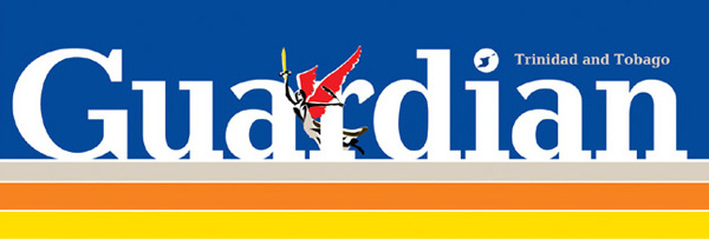Anthropology studies the breadth of humanity across time and cultures. In this sense it often problematises people’s beliefs. Put simply, anthropology has found that just because people or cultures believe something to be natural or normal this is rarely evidence that it is across every culture. The “traditional” idea of marriage—one man and one woman in a monogamous contract—is most common in T&T. But throughout the world many variations to this type of marriage contract exist.
Polygamy or plural marriage is found in many societies today and even more so in the past. Polygyny (the marriage of one man to many women) is the most common form of polygamy encountered by anthropologists and features in the Old Testament and the Koran. Many other forms of polygyny exist too. Sororal polygyny, documented among 40 Native American tribes, is when several sisters become co-wives of a man.
The reverse arrangement—where one wife has multiple husbands—is called polyandry and, while far less common, has been documented among various cultures including some South American tribes. When multiple husbands are brothers this is called fraternal polyandry and where the husbands aren’t brothers it is called non-fraternal polyandry.
Another variation of polygamy is plural marriage where the many spouses are of both sexes. This form of group marriage involves multiple men married to multiple women at the same time and is called polygynandry. While very rare, one group who practised this is the Caingan of Brazil.
Closer to home it’s easy to forget that monogamy as a marriage contract itself has variations. Roman Catholics, for example, practise strict monogamy, while mainstream USA is well known for practising serial monogamy. Just as many people take aim at same-sex marriage as being something they could never recognise, some who practise strict monogamy do not recognise the remarrying of serial monogamists.
To put the idea of serial or strict monogamy into focus, it is not as traditional as many westerners believe. In 1967 anthropologist George Murdock demonstrated that of almost 850 societies ethnographically documented, only 16 per cent were monogamous while 83 per cent were polygamous. All marriage forms are human inventions.
That it takes a lot of work to be successful at a monogamous marriage arrangement is more accurate than saying monogamy is a “natural” fit for all humans. Marriage systems across time are human cultural responses, and often solutions, to particular social, political and economic conditions. As such, for most of human history marriage was an economic and political relationship not between individuals but groups.
Today, in some cultures, people enter into a monogamous marriage contract because of love and personal attraction. That is a fairly recent, western, 20th-century norm. In times gone by, many monogamous marriage pairings were selected by parents and elders, often when the prospective bride and groom were children.
This does not mean such marriages were or are void of love. Rather, it suggests that marrying for love was a privilege because in many cultures the emotional connection, if it comes, arrives after marriage, not before it.
Which brings us back to same-sex marriage. This too has existed across time and societies. It does not begin and end in the US. Societies where anthropologists have documented same-sex marriage include western Egypt, the Nuer of East Africa, and among the berdache of Native American Indians.
Clearly, then, marriage contracts and arrangements come in different shapes and forms across cultures. In general, however, anthropologists agree that no matter their form, most marriages seem to share some basics. Across the world, marriages shape and describe the responsibility for children, the organisation of family and alliances, taboos, the rules of inheritance, people’s social status, morality, and more.
Anthropological evidence suggests marriage is about a lot more than sexuality. And as the AAA pointed out in 2004:
“The results of more than a century of anthropological research on households, kinship relationships, and families, across cultures and through time, provide no support whatsoever for the view that either civilisation or viable social orders depend upon marriage as an exclusively heterosexual institution. Rather, anthropological research supports the conclusion that a vast array of family types, including families built upon same-sex partnerships, can contribute to stable and humane societies.”
http://guardian.co.tt/columnist/2013-07-01/marriage-and-other-arrangements

 RSS Feed
RSS Feed